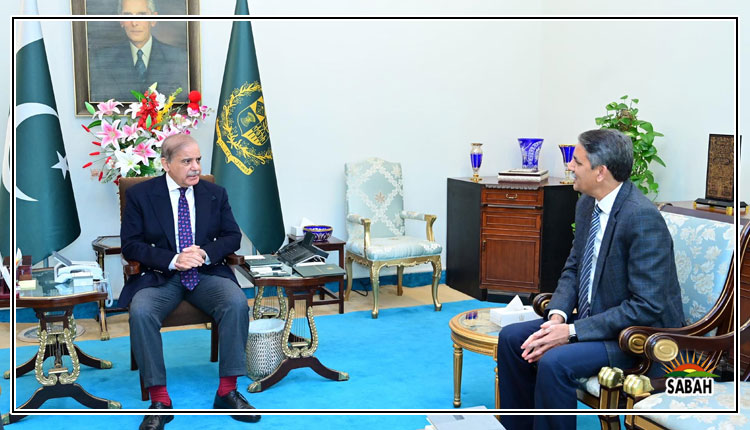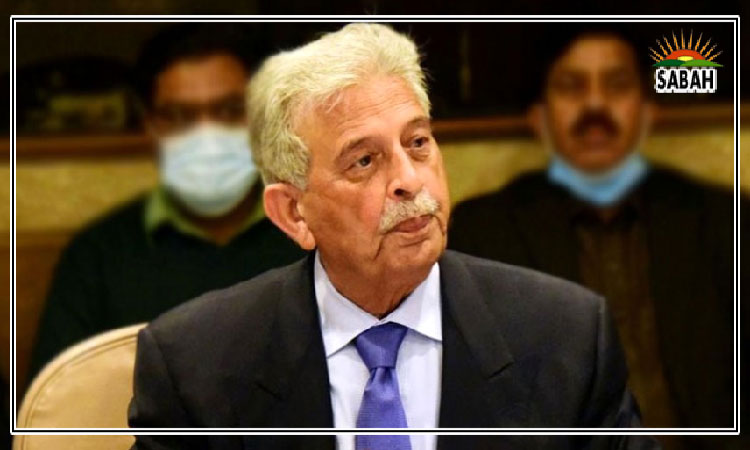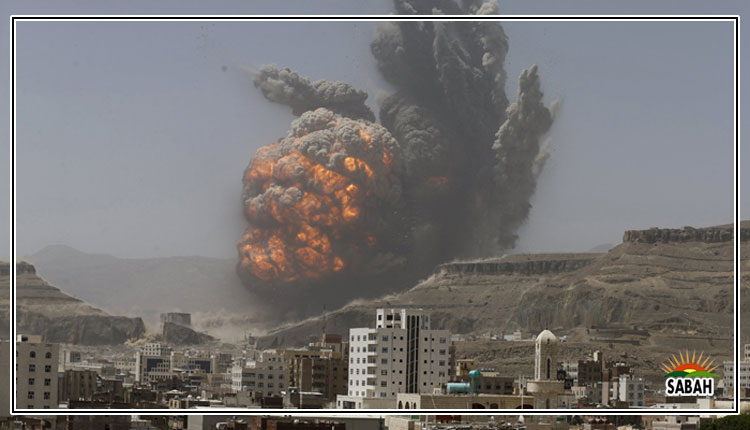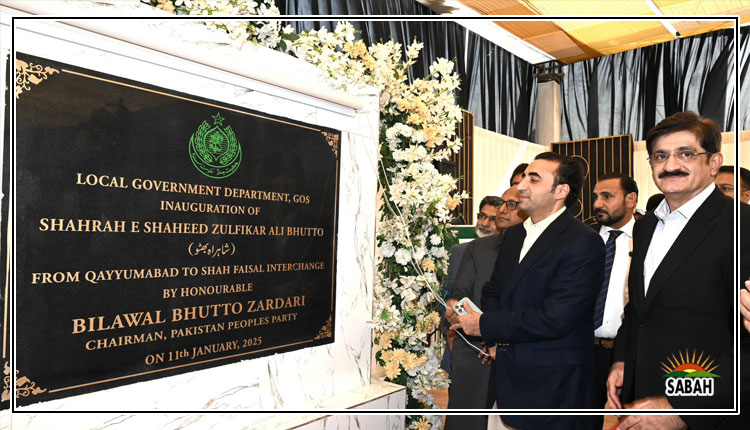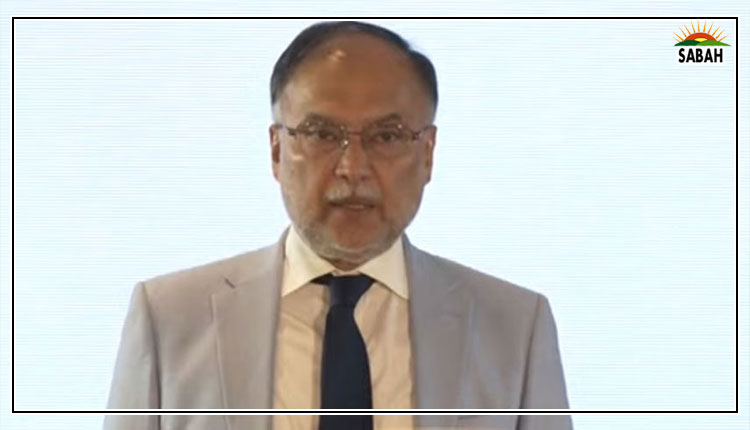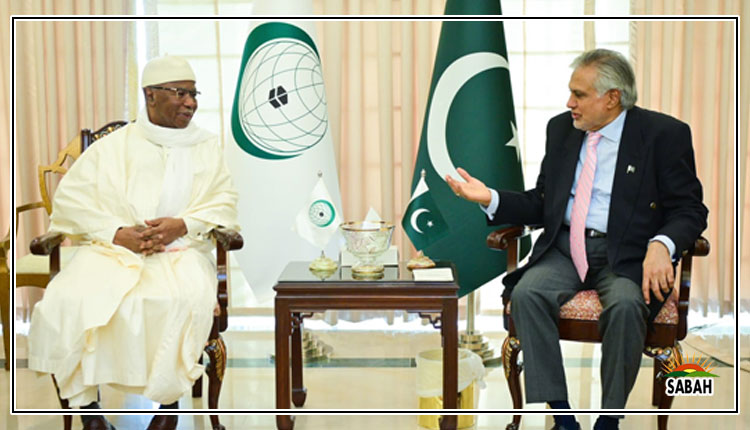Ruins of Takht-e-Bahi…Dr Ramesh Kumar Vankwani
The prime ministers taskforce on Gandhara tourism has decided to dedicate every Wednesday to gain knowledge about the sacred historical sites related to the Gandhara era.In this regard, an educational trip was organized to the ruins of Takht-e-Bahi, the cradle of the worlds ancient civilization and the most significant centre of Buddhism, which remained hidden from the public eye for a long time.
Ambassadors from Indonesia, Thailand, Nepal and Bangladesh had confirmed their participation to accompany us whereas Chinese students living in Pakistan, civil society, foreigners and a large number of friends from the media were also present.Officials from the Department of Archaeology and Museums who were also part of the delegation informed that Takht-e-Bahi the historic site located about 15 kilometres from Mardan in Khyber Pakhtunkhwa was once a prominent place in the Gandhara period. The ruins of Takht-e-Bahi are still in better condition among the archaeological sites discovered around the world. Unesco declared it a world heritage site in 1980.
There are different opinions regarding the name of Takht-e-Bahi, some say that takht means well in Sanskrit and bahi means elevation. In this ancient area, there are two wells on the top of the mountain due to which this place is named Takht-e-Bahi. However, some people attribute the word takht to Persian and say that the term bahi is derived from flow of water there.The ancient structure is built of black stone blocks, which are joined in an impressive way. Various corridors, rooms, chambers and open areas were built on different sides. As we arrived there, it seemed as if we had reached an ancient university. Historians also confirm that Takht-e-Bahi was an important cradle of education and students from all over the world including China, Korea, Japan used to come here thousands of years ago during the Gandhara civilization. Many ancient tourists have also mentioned Takht-e-Bahi in their travelogues.
The Buddha statues, stupas, ancient vessels and other objects discovered from there reflect the glorious past when Buddha followers used to live here. How an ancient site disappeared from peoples eyes for a long time is still a mystery. Historically, after the arrival of the British in the Subcontinent, some workers discovered ancient coins and statues in 1833 while digging there.It is said that the hidden archaeology in Takht-e-Bahi was first discovered by a French general who was an officer in the army of maharaja Ranjit Singh, the ruler of Punjab. During the British Raj, Sir John Marshall rendered valuable contributions to explore the hidden heritage of the Gandhara period.
I believe the Gandhara civilization is incomplete without the Maharaja Ashoka the Great, who ruled the region from 269 BC to 232 BC. The territories under the reign of Maharaja Ashoka included present-day Pakistan, Afghanistan, and India. Undoubtedly, he was a patron in promoting peaceful teachings of Buddhism during the Gandhara period.The diplomats accompanying me were expressing their gratitude that they got an opportunity to visit this holy place of the Gandhara period, which every Buddha in the world wishes to visit. Pakistan, according to them, has been blessed with priceless treasures in the form of sacred heritage. On the occasion, I was also happy that I was the first to raise my voice for the promotion of religious tourism in the wider national interest of the country.The promotion of Gandhara tourism in Pakistan is the need of the hour. By paying attention to it we cannot only get Pakistan out of heavy debts but also raise flags of success in the field of diplomacy by highlighting the positive image of Pakistan at the global level.
Courtesy The News



